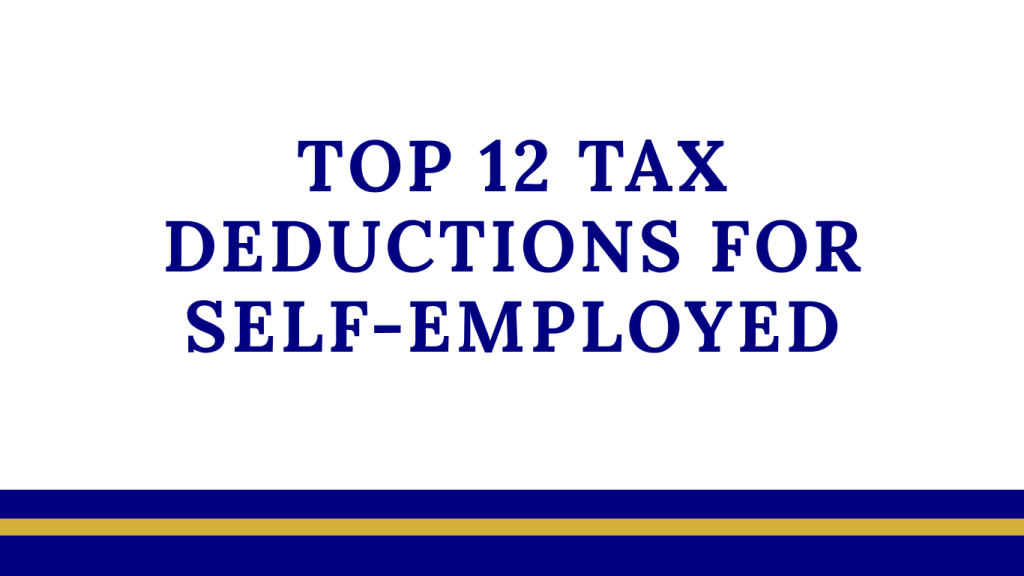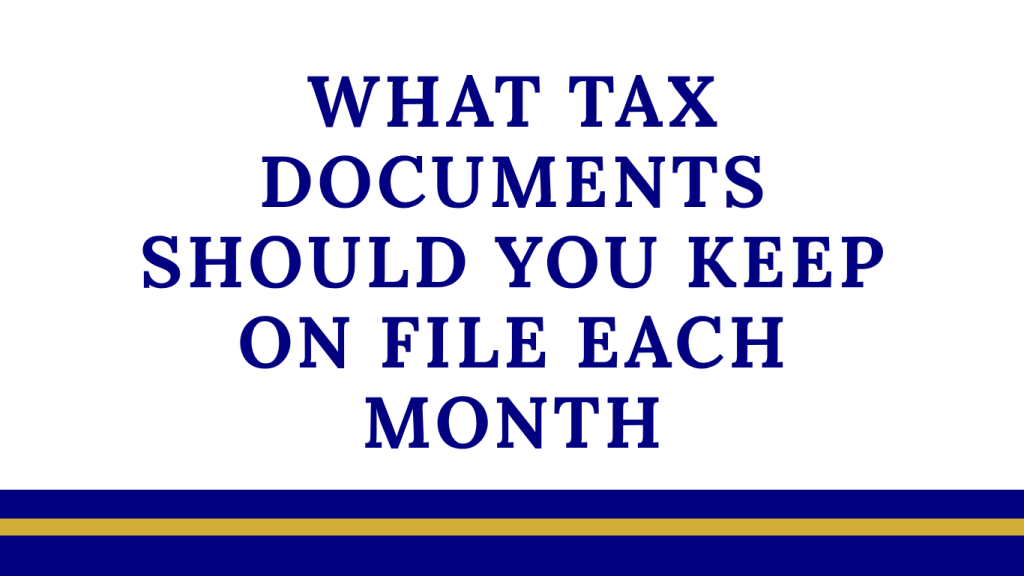If you want a smooth and accurate tax filing experience, keeping track of your income isn’t optional—it’s essential. Whether you work a traditional job, run your own business, or have rental or investment income, each income stream comes with its own paperwork.
Instead of scrambling at tax time to find every 1099, W-2, or financial statement, you can stay ahead by saving these documents as they come in. Many of them are digital these days—just be sure to keep them organized and backed up securely.
Here’s what to keep on file every month so you’re ready when it’s time to file:
Key Income Documents to Save Throughout the Year:
- W-2 forms for you and your spouse (income from jobs)
- 1099 forms for investment income (1099-INT, 1099-DIV, 1099-B, K-1s, stock options)
- 1099-G forms for state/local tax refunds or unemployment
- Records of taxable alimony received
- Profit/loss statement and equipment info for business or farming income
- Details for home office use: total home size, office size, home and office expenses
- 1099-R and 8606 forms for IRA or pension distributions
- Rental property income and expenses, including suspended loss info
- SSA-1099 for Social Security benefits
- Sale of property: original cost, improvements, escrow closing statements, and 1099-C for cancelled debt
- Installment sale info: form 6252, principal and interest collected, payer’s SSN and address
- Other income records: jury duty, gambling winnings, scholarships, Medical Savings Account (MSA) distributions, etc.
Staying organized with your income documents throughout the year not only saves you time when tax season rolls around—it helps you feel more in control of your finances. Keeping your records updated monthly means fewer surprises, better accuracy, and the confidence that you’re prepared no matter when you file.



